Tata Harrier EV vs Mahindra XEV 9e: India’s Biggest EV Battle
Discover the ultimate battle between Tata Harrier EV and Mahindra XEV 9e in this detailed, informative, and SEO-friendly blog. From interior and features to performance, price, and real-world ability, discover which electric SUV rules the Indian roads in 2025.
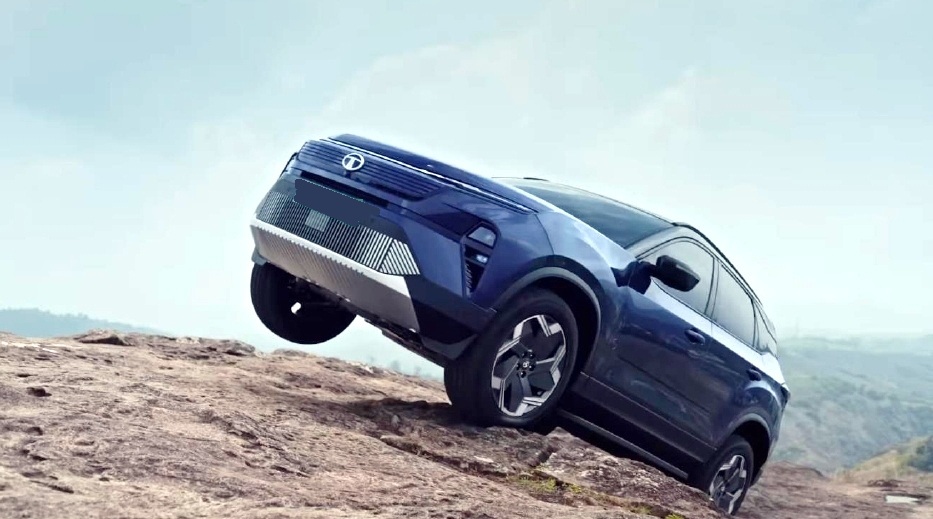
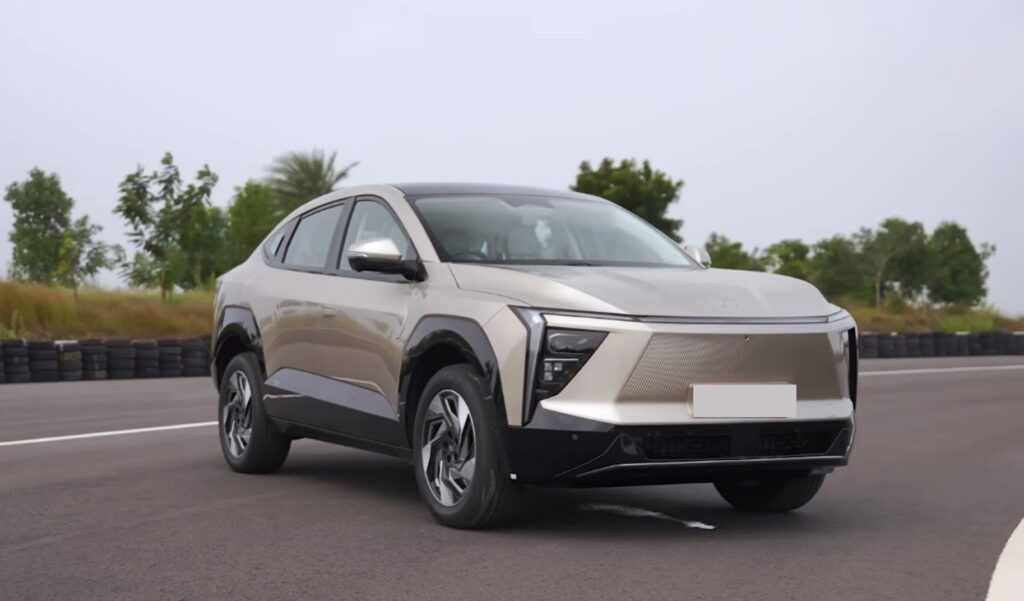
Way back when, in a world of diesel engines and an endless quest for petrol pumps, two titans stand to transform India. They weren’t merely SUVs; they were symbols of drive and ingenuity. Cut to 2025, and these giants have hung up their engine noise for volts. The age of electric battel begins – and here the Tata Harrier EV tackles the Mahindra XEV 9e.
If you’re an Indian car enthusiast searching for the perfect electric SUV that balances performance, practicality, price, and that all-important wow factor, this is your guide. Let’s plug in and drive through every detail with a gearhead’s insight.
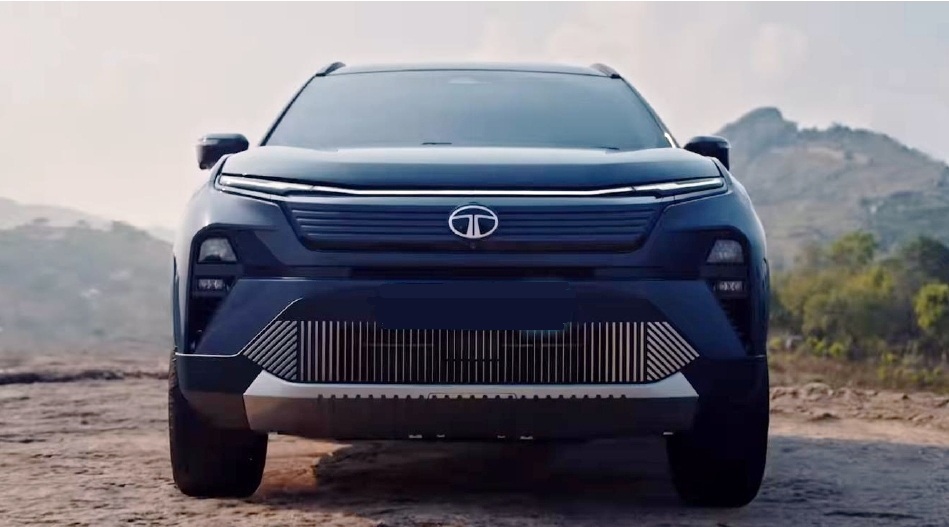
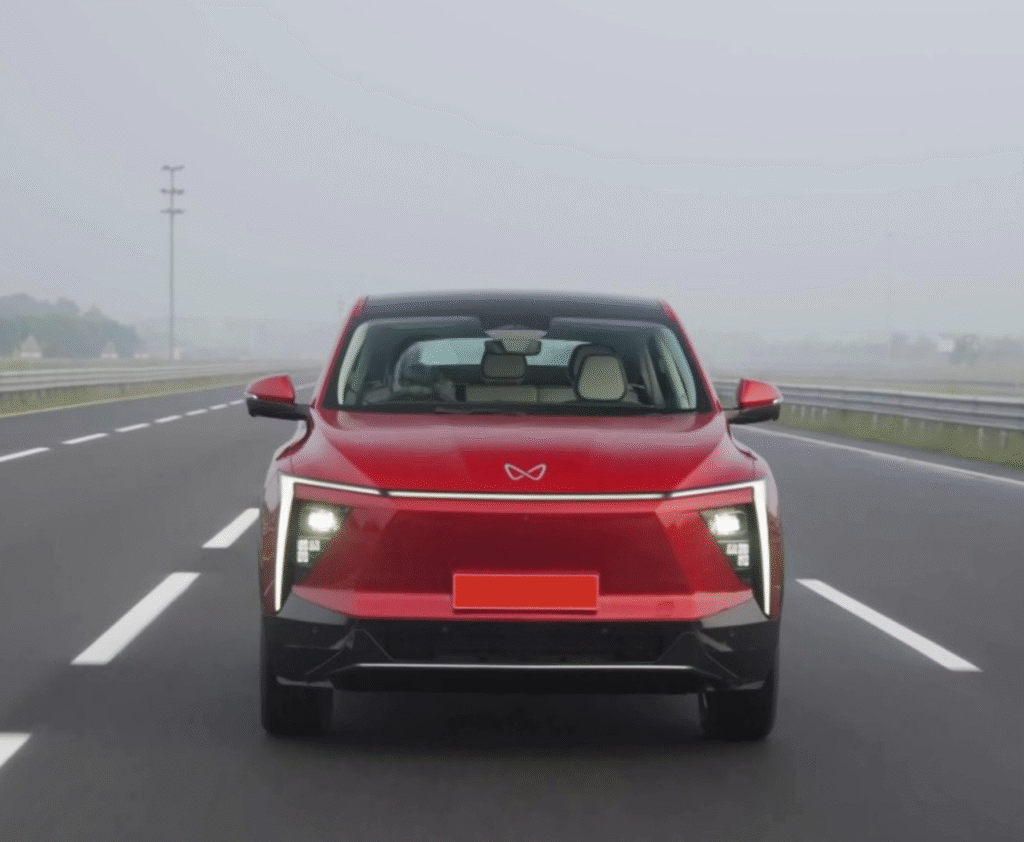
Interiors and Features:
Tata Harrier EV: Where Heritage Meets Modernity
Tata has evolved from utilitarian to sophisticated, lifestyle-oriented interiors. Harrier EV combines SUV DNA with current tech. Look forward to:
Premium leatherette trim with contrast stitching
A new multi-layer dashboard with soft-touch surfaces
12.3″ floating infotainment screen with wireless Android Auto & Apple CarPlay
Fully digital instrument cluster with customizable drive view modes
Dual-zone climate control with rear AC vents
Panoramic sunroof with voice support
Mood lighting that adjusts to driving modes
Tata has significantly enhanced NVH insulation, which quietens the cabin and makes it more refined than before.
Mahindra XEV 9e: A Tech-Titan in SUV Disguise
The XEV 9e redefines cabin luxury with a digital-first approach. Top features include:
Panoramic triple-display setup (infotainment, instrument cluster, and passenger screen)
Recycled vegan leather seats and satin-finish metallic trim
3D audio from a 16-speaker Harman Kardon system
Ambient lighting in 64 colors
Rear seat recline and ventilation features in top models
Dual wireless charging pads, Type-C and USB-A fast charging across all rows
Connected car technology with OTA (over-the-air) updates
Mahindra’s UI is the most natural-feeling in the segment. The haptic touch inputs might take some getting used to, but they do feel of the future.
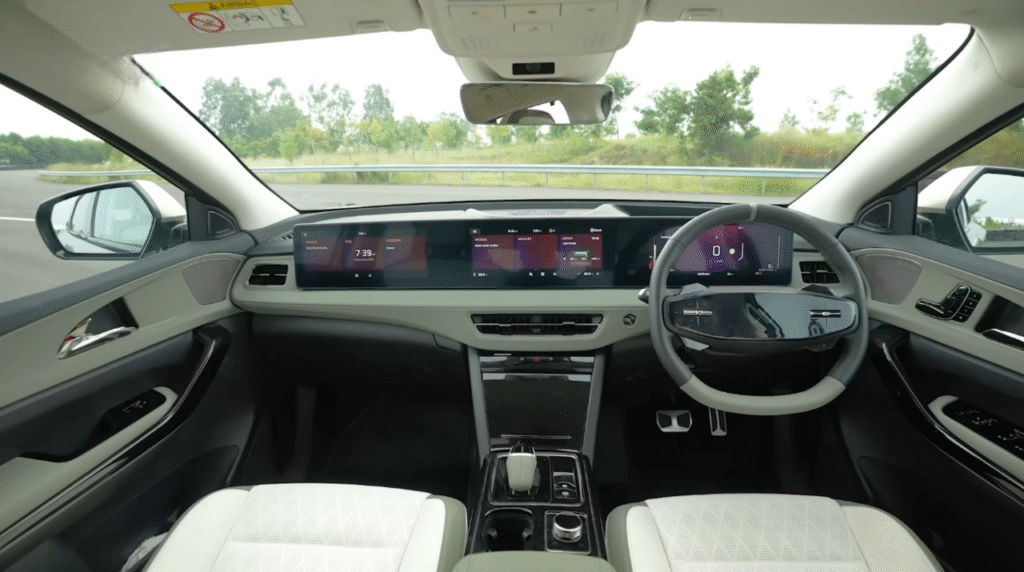
Performance: Electric Muscles, Desi Roads
Tata Harrier EV
Dual motor configuration (optional AWD model)
Battery: 60-75 kWh
Power: 235 to 390 bhp
Torque: Est. 500 Nm+
0-100 km/h: ~6.8 seconds
Range (ARAI): 538–627 km
Multi-mode regenerative braking
Advanced thermal management system
With a 50:50 weight split and firm OmegaArc platform (Land Rover inspired), the Harrier EV behaves like a European SUV. Ride comfort is supple and off-road capabilities are still robust.
Mahindra XEV 9e
Rear-wheel drive configuration with equally balanced chassis dynamics
Battery: 59-79 kWh
Power: 228 to 282 bhp
Torque: ~400 Nm
0-100 km/h: ~6.7 seconds
Range (ARAI): 542–656 km
Regenerative braking with levels adjustability
V2L (Vehicle-to-Load) support to charge laptops, camping gear, etc.
The XEV 9e is quicker with reduced curb weight and better torque vectoring. The ride is more comfortable and turning is unexpectedly fulfilling.
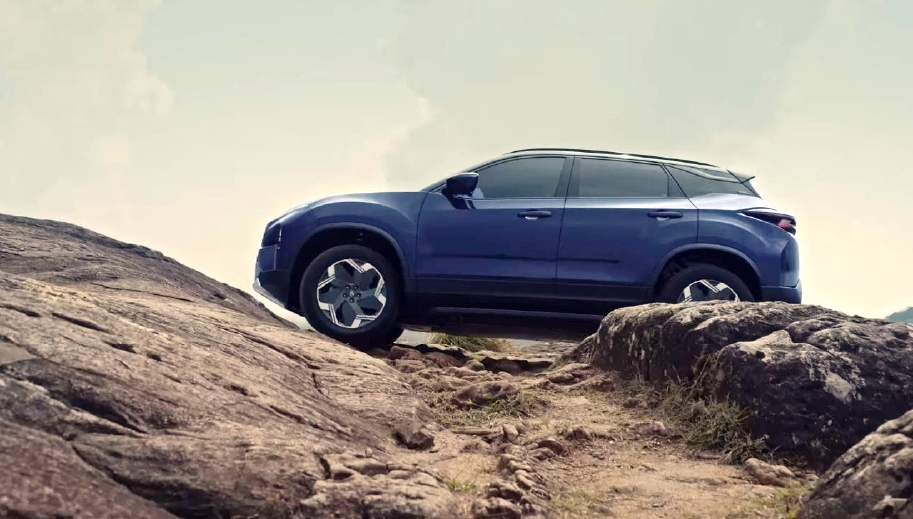
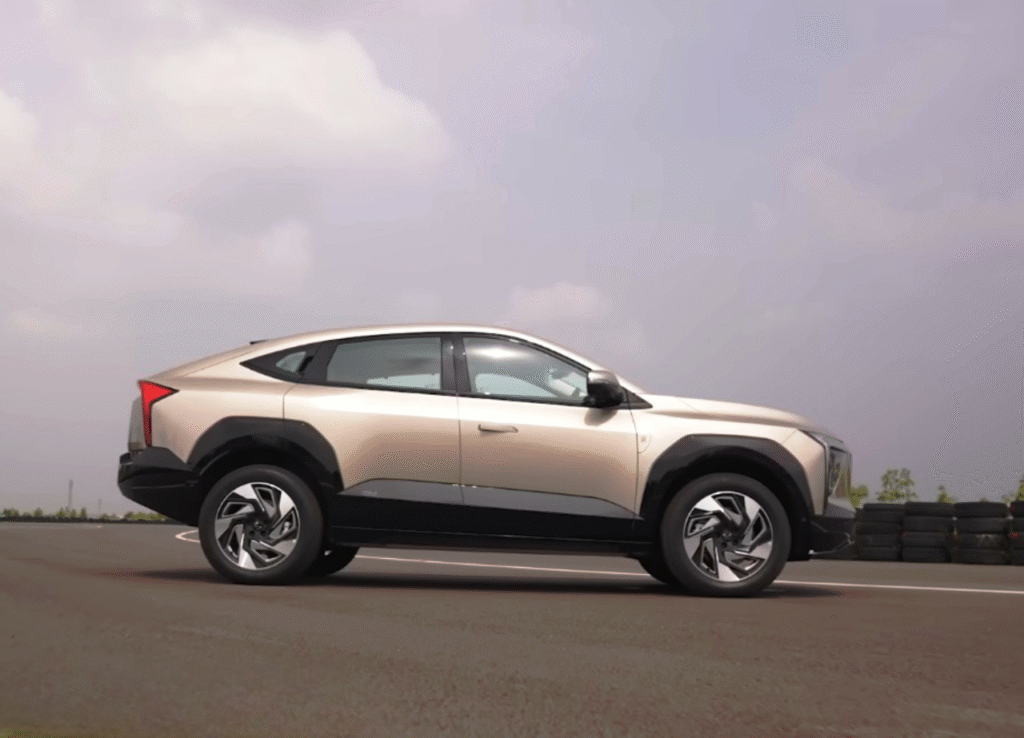
Safety: Your Family’s Silent Guardian
Tata Harrier EV Safety Suite:
5-star Bharat NCAP rating
7 airbags (top-end trims)
Hill hold and descent control
TPMS (Tyre Pressure Monitoring System)
360-degree camera with ultrasonic sensors
Electronic stability control (ESC)
High-tensile steel chassis
Mahindra XEV 9e Safety Arsenal:
5-star Bharat NCAP rating
6 to 7 airbags across variants
Level 2 ADAS (Adaptive Cruise, Lane Assist, AEB, Blind Spot, Rear Cross Traffic Alert)
ISOFIX mounts
Driver drowsiness detection
Emergency call function
Mahindra’s ADAS pack is benchmarked against international safety leaders. Tata maintains it rugged and centered but slightly behind on automation.
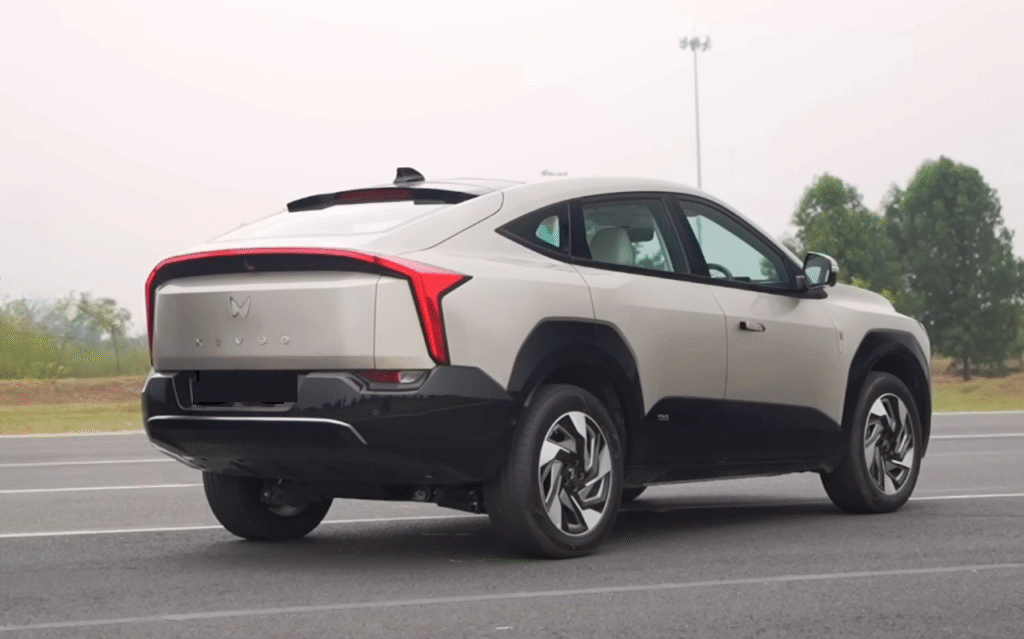
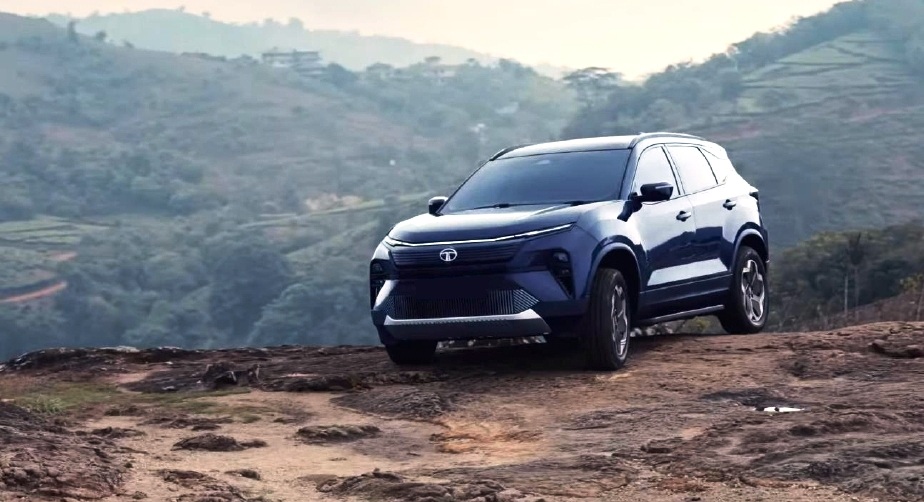
Capability: EVs Beyond Cities
Tata Harrier EV: The Quiet Adventurer
AWD (QWD) for challenging terrain
205 mm+ ground clearance
Terrain Response Modes (Sand, Mud, Rock, Snow)
Off-road optimized traction control and torque splitting
Designed for adventure, the Harrier EV doesn’t merely endure broken roads; it enjoys them. Perfect for residents of rural belts or frequent visitors to hill stations.

Mahindra XEV 9e: Smooth Operator
Rear-wheel drive configuration
Lower GC (~190 mm) but firmer suspension for road handling
Wide 663L boot space
Perfect for city, semi-city, and highway drives
The XEV 9e is the type of EV that makes living in the city indulgent and highway driving economical. It’s not off-road capable but it cruises a breeze.
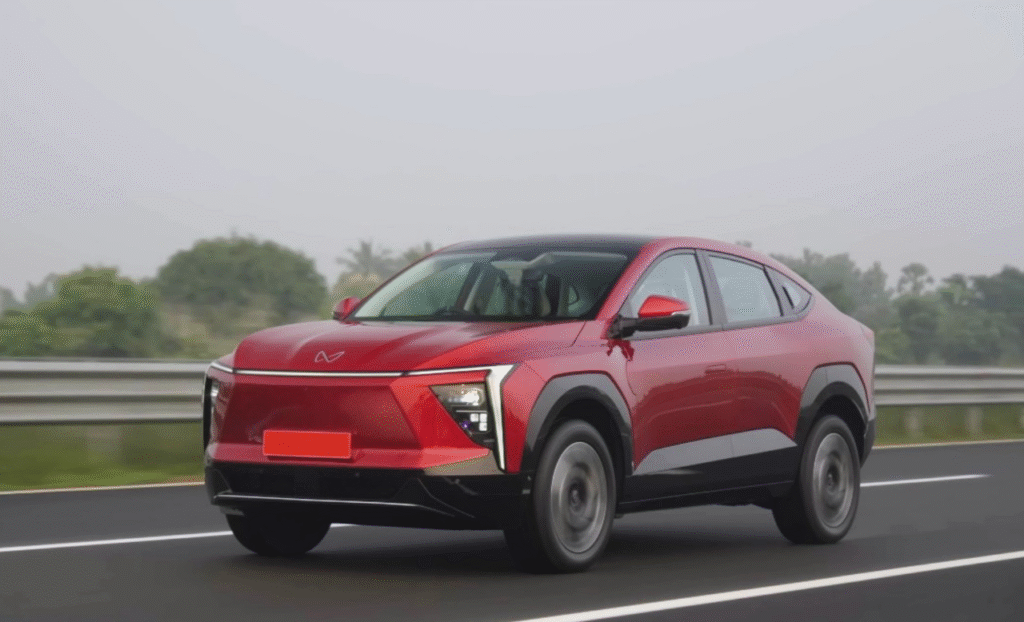
Pricing and Availability
Tata Harrier EV begins at 21.49 lakh and reaches 30.00 lakh for the highest AWD variant.
Mahindra XEV 9e starts at 21.90 lakh and goes up to 30.50 lakh with all tech options included.
Both cars are on sale in Tier-1 cities such as Mumbai, Delhi, Bengaluru, and growing rapidly to Tier-2 cities such as Pune, Coimbatore, and Lucknow. Bookings are open online as well as at showrooms.
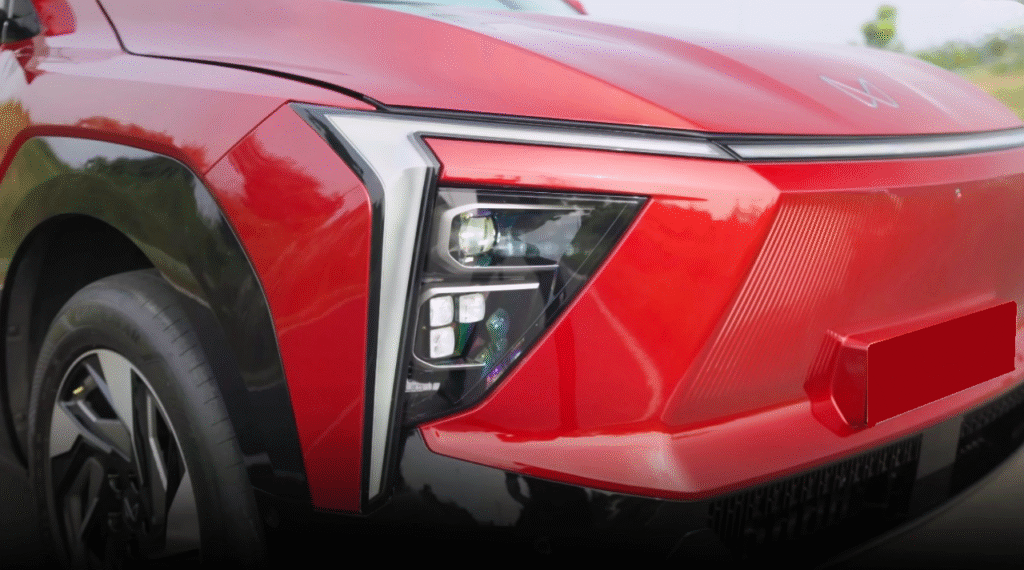
Pros and Cons
Pros:
AWD option, actual off-road capability
Improved rugged build
Balanced handling and torque delivery
Cons:
Slightly behind on tech appeal
No frunk (front trunk)
Pros:
Segment-best range
ADAS and V2L capabilities
Luxurious digital dashboard
Cons:
No AWD
Ride can be stiff on bumpy roads
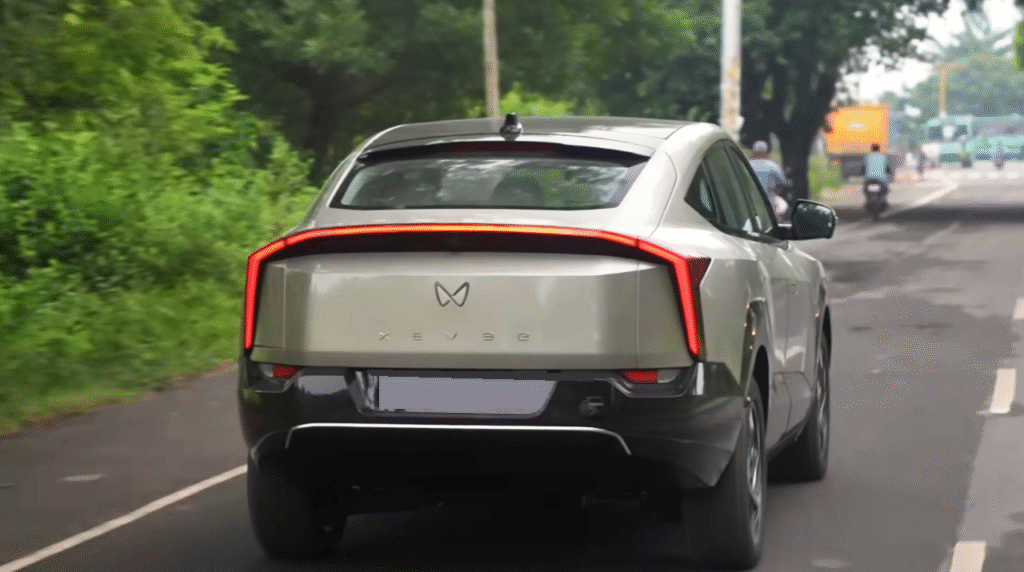
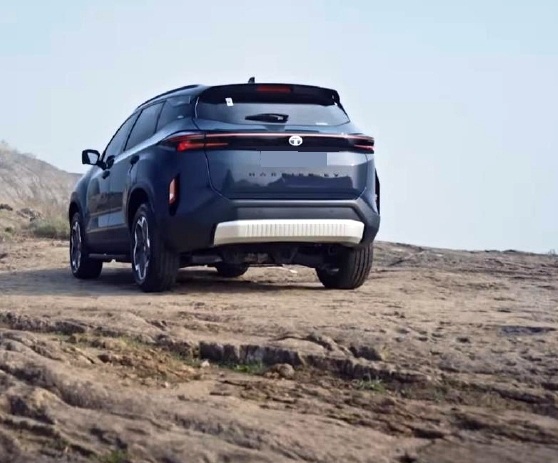
Final Verdict: Which One Should Get Your Plug?
Opt for the Tata Harrier EV if you desire an SUV to conquer the Himalayas and navigate city potholes with the same poise. It’s your anywhere electric monster.
Opt for the Mahindra XEV 9e if you desire the future on four wheels – smarter technology, silky smooth rides, and range that annihilates range fear.
Either way, you’re supporting a made-in-India electric revolution. It’s not just a car; it’s your gateway to the future of clean driving.
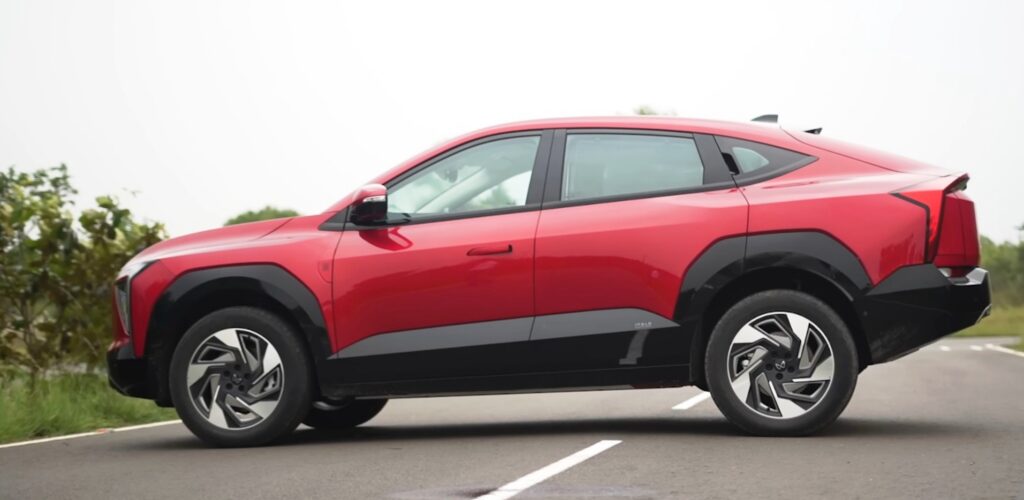
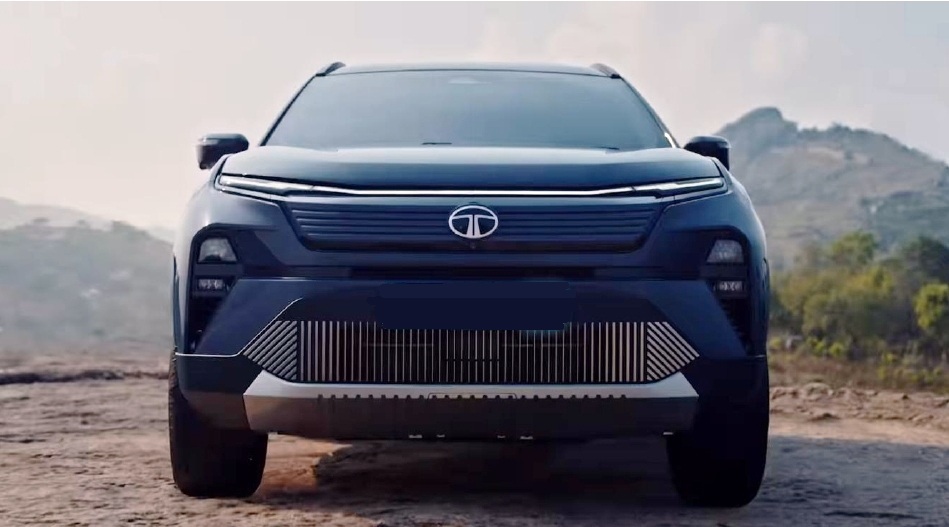
FAQs
Q1: Which is the best AWD electric SUV in India right now 2025?
A: The Tata Harrier EV is currently the only premium Indian EV SUV offering AWD (QWD).
Q2: What is the real-world range of Mahindra XEV 9e?
A: Expect in the range of 570–600 km based on drive conditions and air-conditioning usage.
Q3: Is Tata Harrier EV fast charge-compatible?
A: Yes, it is 150kW DC fast charge-compatible, which charges your car to 0-80% in approximately 45 minutes.
Q4: Can I charge them at home?
A: Yes. Both come with 7.2 kW home AC chargers, and there are Tata Power/Mahindra partner installation services available.
Q5: Which EV is better suited for Indian villages or bad roads?
A: The Tata Harrier EV is more capable with its increased ground clearance and AWD configuration.
Q6: What is V2L in Mahindra XEV 9e?
A: Vehicle-to-Load allows you to charge external devices such as laptops, kettles, or lights from the battery of your car – ideal for road trips or blackouts.









